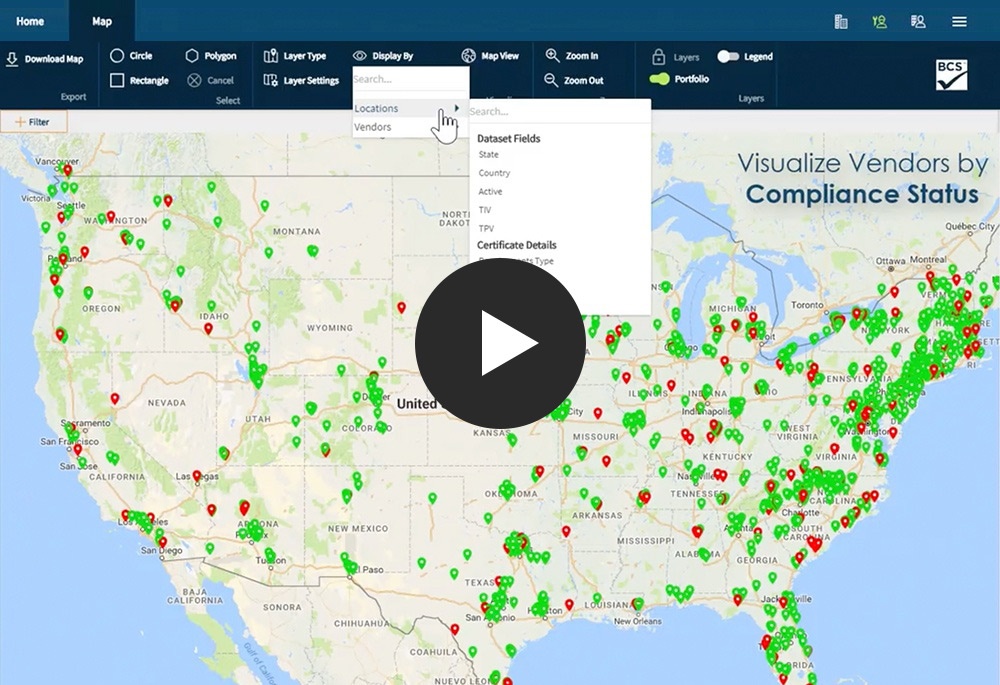
Self-Insured Retention & Commercial General Liability Policies
When a company requires a vendor to name them as additional insured on a commercial general liability (CGL) policy, it is assumed the additional insured party will be covered during a claim.
However, when the policy is subject to a self-insured retention (SIR), it is less clear whether the additional insured party will be protected.
To avoid unexpected costs and stay informed on your coverage, we’ll introduce the basics of self-insured retention, explore a relevant case study, and more, so you can successfully manage these policies.
Self-Insured Retention Defined
Self-insured retention (SIR) requires insureds to cover a certain amount of a claim before the CGL policy kicks in.
In recent years, courts are facing a tough question: Does the term “commercial general liability insurance” imply the CGL policy is also primary and non-contributory over insurance carried by the additional insured party? In other words, when a company requests a CGL policy, does this suggest it is also primary and non-contributory to other available insurance?
If the policy is subject to a self-insured retention, it’s unlikely the additional insured would be covered under most tort claims likely to arise—defeating the purpose of being named an additional insured.
In a growing number of cases, an additional insured certificate holder relying on a named insured's CGL policy learned after a claim that it was subject to a self-insured retention—to the additional insured’s detriment.
Self-Insured Retention: A Case Study
In one recent case of Pac-Van, Inc., v. CHS, Inc., an additional insured party learned the named insured’s $1 million CGL per occurrence policy was first subject to a self-insured retention of $2 million.
The facts of the case were not unusual. Pac-Van leased a work trailer to CHS. An employee of CHS was injured in the trailer and sued Pac-Van, who then demanded CHS defend Pac-Van per their agreement.
CHS had named Pac-Van as additional insured, but CHS’ $1 million CGL coverage was first subject to a $2 million self-insured retention—making the policy excess and not primary coverage.
Pac-Van sued, claiming CHS breached their agreement by not purchasing primary insurance to cover Pac-Van before exhausting the self-insured retention.
CHS argued their contract did not entail it had to purchase “primary” CGL coverage. The court disagreed, deciding the general understanding of the term "commercial general liability insurance" means "primary coverage.”
The Outcome: The court held Pac-Van did have a reasonable expectation that, in requiring CHS to name Pac-Van as additional insured, the coverage should be primary and not require an SIR (which blocked Pac-Van from receiving coverage).
However, Pac-Van had to go through a long and costly litigation process because of a self-insured retention they did not know about prior to the claim.
Self-Insured Retention on CGL Policies
Just as certificate holders had insisted additional insured endorsements should accompany certificates, COIs should also show the presence of a self-insured retention on a CGL policy.
While standard ISO ACORD forms for general liability do not have a specific checkbox to indicate this, insurance brokers can identify whether the policy is subject to a self-insured retention.
bcs: Your COI Tracking Solution
As with many other coverage issues, it is better to investigate coverage at the beginning of a contract, rather than wait until after a claim arises.
A comprehensive vendor insurance tracking program screens for self-insured retentions on CGL policies, and knows how it affects coverage for the additional insured party.
bcs full- and self-service COI tracking solutions leverage AI-automated technology to instantly extract the most pertinent data, deficiencies, and other aspects on certificates.
With automated RFP broadcasting, onboarding, in-app messaging, and more all within one streamlined platform, you can stay informed on coverage, track documentation, and form safer business connections.
bcs is a leading vendor management solution providing full- and self-service COI tracking, document maintenance, in-app messaging, and so much more. To learn more about streaming your COI tracking process, schedule a demo today.
Subscribe Now
Learn from the pros about risk-mitigation, document tracking, and more, with expert articles from bcs.






Leave a comment